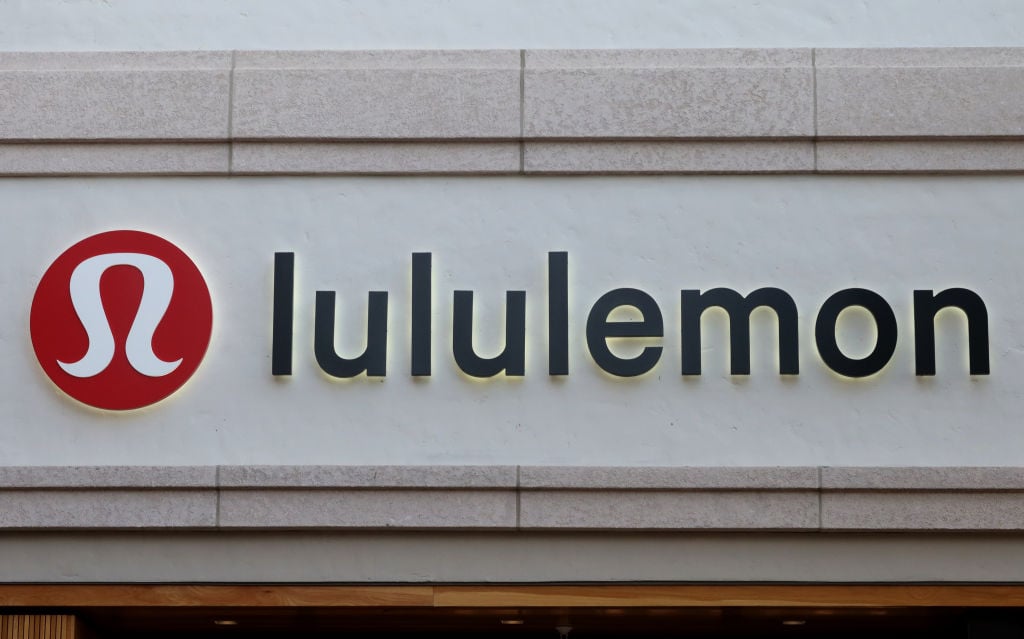Shares of Lululemon Athletica (LULU +0.16%) plunged after the company's quarterly update late last week. The sharp drop in the athleisure apparel company's stock worsens what has already been a rough year for the stock. Shares fell hard following the release of second-quarter results and a guidance cut tied to tariff costs and softer U.S. demand.
The drawdown looks more like a sharp reset than a broken business. Still, avoiding the stock might make sense for now.

Image source: Getty Images.
Slowing growth
Lululemon's revenue rose about 7% year over year to roughly $2.53 billion, or 6% in constant currencies. This compares to 8% year-over-year growth in constant currencies in Q1. Further, comparable sales in the company's core Americas geographic segment fell 3% on a constant currency basis, worse than the 1% constant currency decline in Q1. Earnings per share (EPS) for Q2 landed at $3.10, down from $3.15 in the year-ago period.
Beneath the surface, performance was uneven by region: the Americas saw a modest comp decline, while international growth was solid, with comp growth of 15%, or 13% on a constant currency basis.
Management paired the quarterly update with a meaningfully lower full-year outlook. The company now expects revenue of $10.85 to $11.0 billion, down from $11.15 billion to $11.30 billion, and EPS of $12.77 to $12.97, down from $14.58 to $14.78 just one quarter earlier. Two forces are doing most of the damage. First, tariff changes and the removal of the de minimis exemption are pressuring gross profit. Second, U.S. demand is softer as the assortment has leaned too heavily on a few long-running wins.
The U.S. slowdown matters because the region remains Lululemon's profit engine. Comparable sales in the Americas slipped, while international markets grew at a double-digit clip. A revenue mix leaning this way can still produce respectable consolidated results, but it could compress margins and make inventory and markdown discipline more important. The company's ability to hold the line on pricing without over-promoting will be a key tell over the next two quarters.
At the same time, higher costs are a real near-term headwind. Management quantified a sizable gross profit impact from tariffs this year. Even if the team mitigates some of it through sourcing shifts and pricing, the friction shows up quickly in the gross margin calculations. That's the backdrop for the guidance reset, and it explains why the stock reacted so sharply despite positive EPS in the quarter.

NASDAQ: LULU
Key Data Points
What would need to go right from here?
The investment question is whether today's price fairly discounts these pressures. After the drop, Lululemon trades at just 13 times management's forecast of 2025 earnings per share. If Lululemon stabilizes U.S. traffic, introduces enough product newness to reaccelerate sell-through, and manages tariffs without heavy promotions, the current valuation could work for patient investors. That path doesn't require heroics; it requires steady execution.
I'm watching three markers. First, U.S. demand: Signs of stabilization would tell us the assortment refresh is resonating. Second, gross margin: Even small sequential improvements would signal better sourcing and pricing discipline. Third, inventory quality: Clean inventories reduce markdown risk and support rebuilding margin. If those show up alongside continued international momentum, sentiment can improve faster than expected.
Still, fashion is fickle, and tariff policy risk is outside management's control. The tariff overhang could extend beyond the holidays, and if the refresh misses, Lululemon may need deeper promotions to protect share, pressuring earnings power and the stock's valuation. The long-term brand remains strong, but the near-term equation relies on variables the company is still working to fix.
Ultimately, I don't think Lululemon is expensive after the plunge, and much of the bad news is now embedded in expectations. But with clear execution work ahead in the U.S. and tariffs still weighing on profitability, I'd rather wait for clearer evidence that the reset is taking hold before buying the dip.





